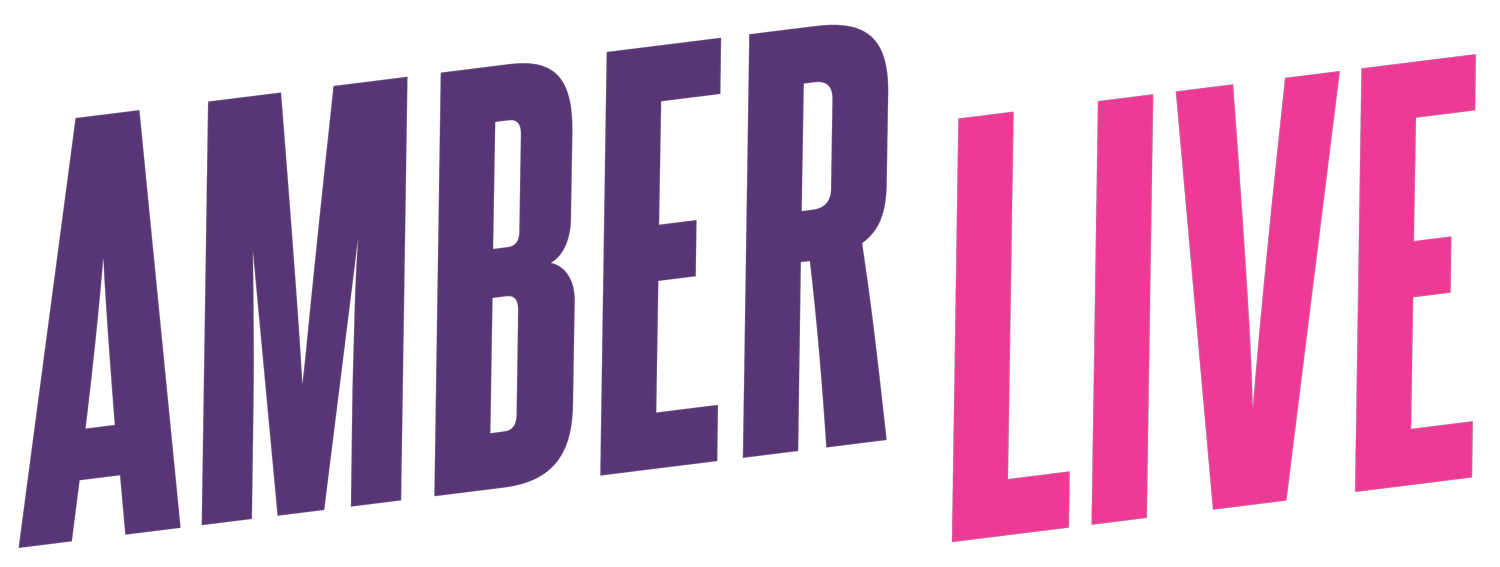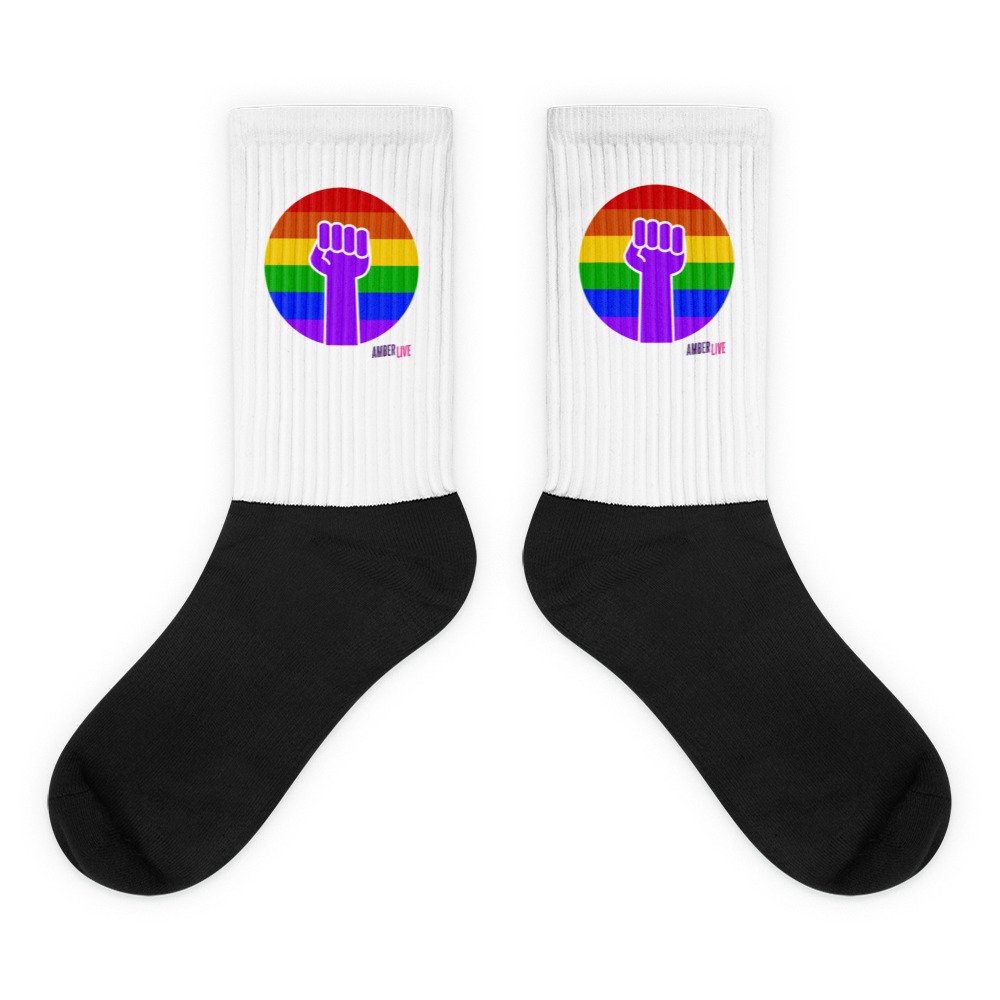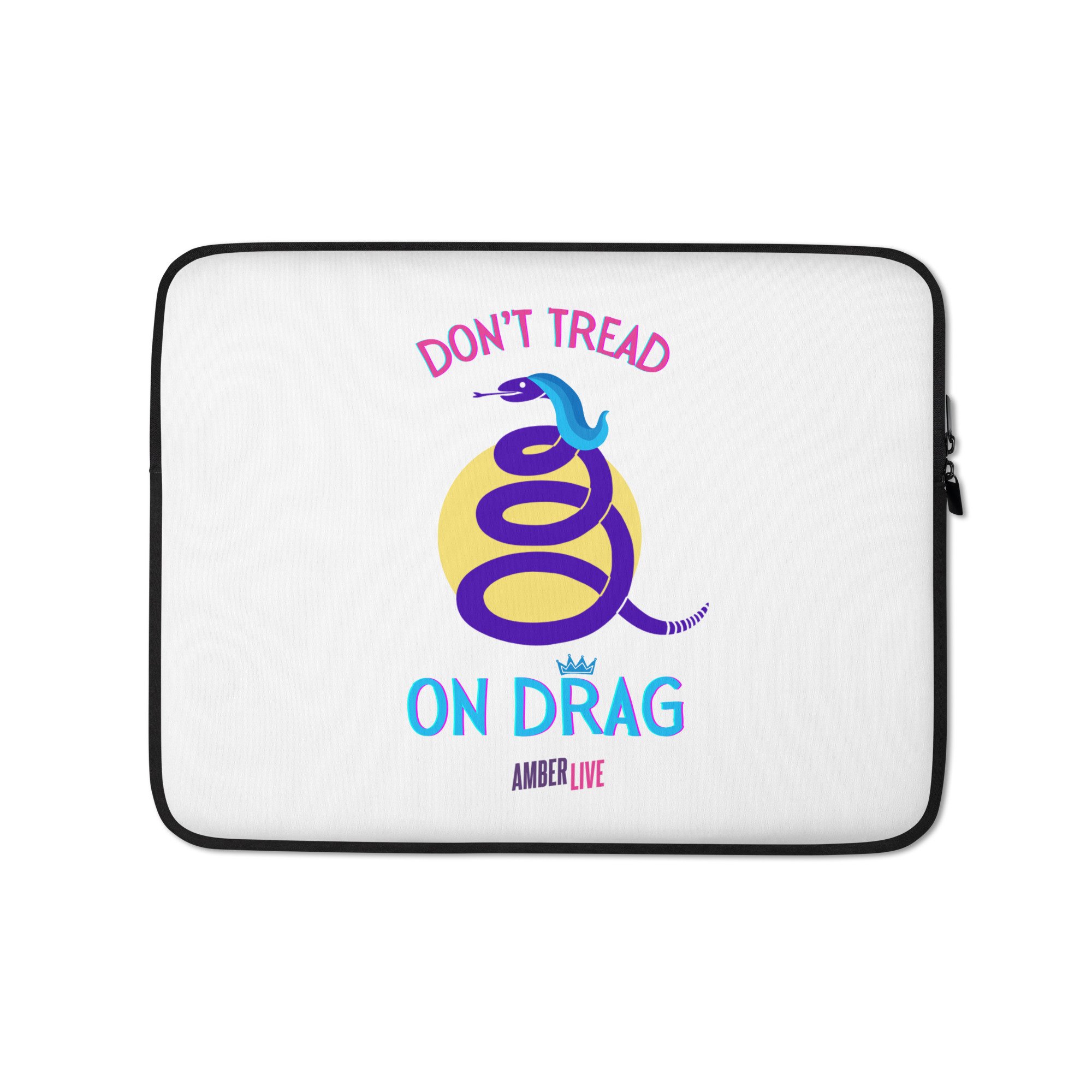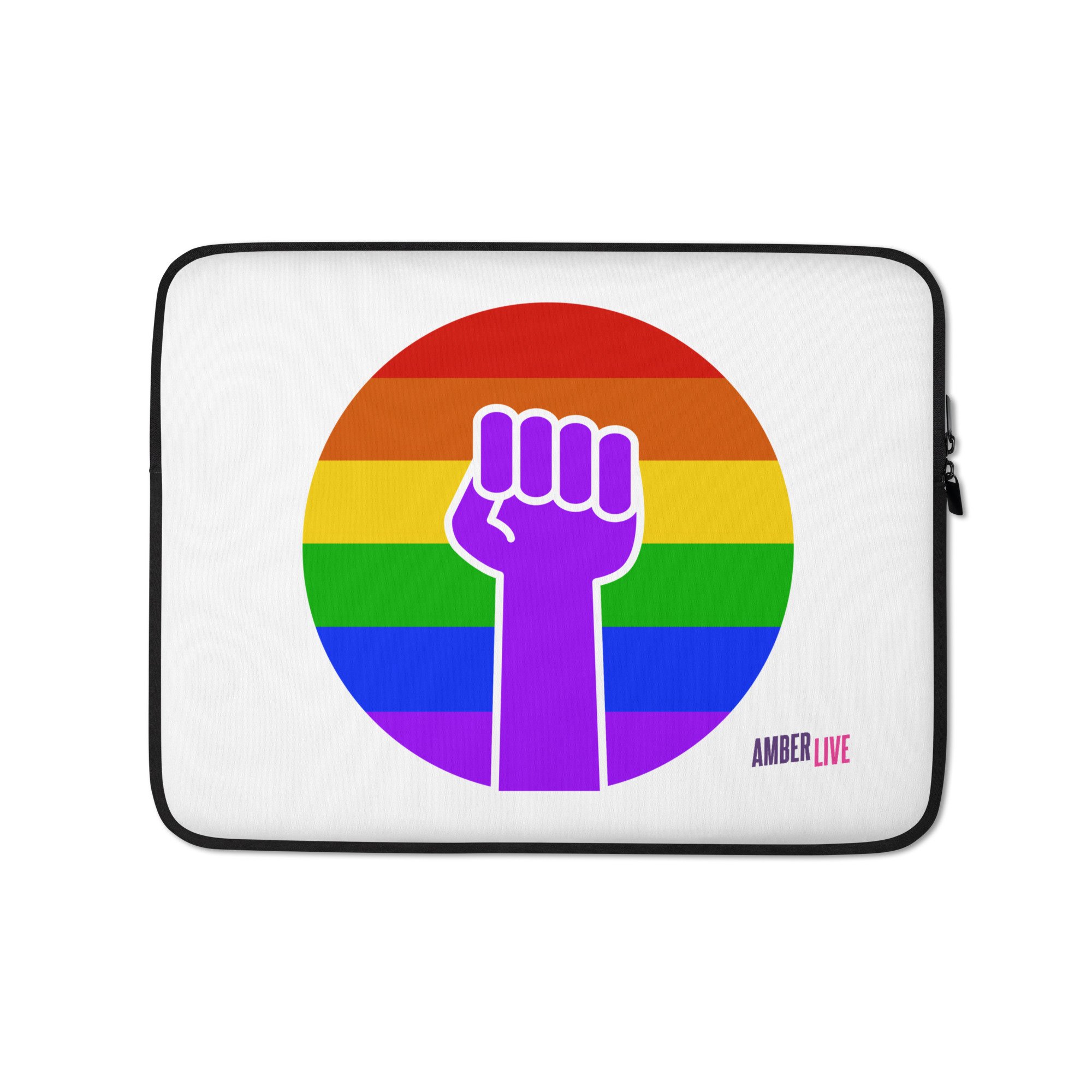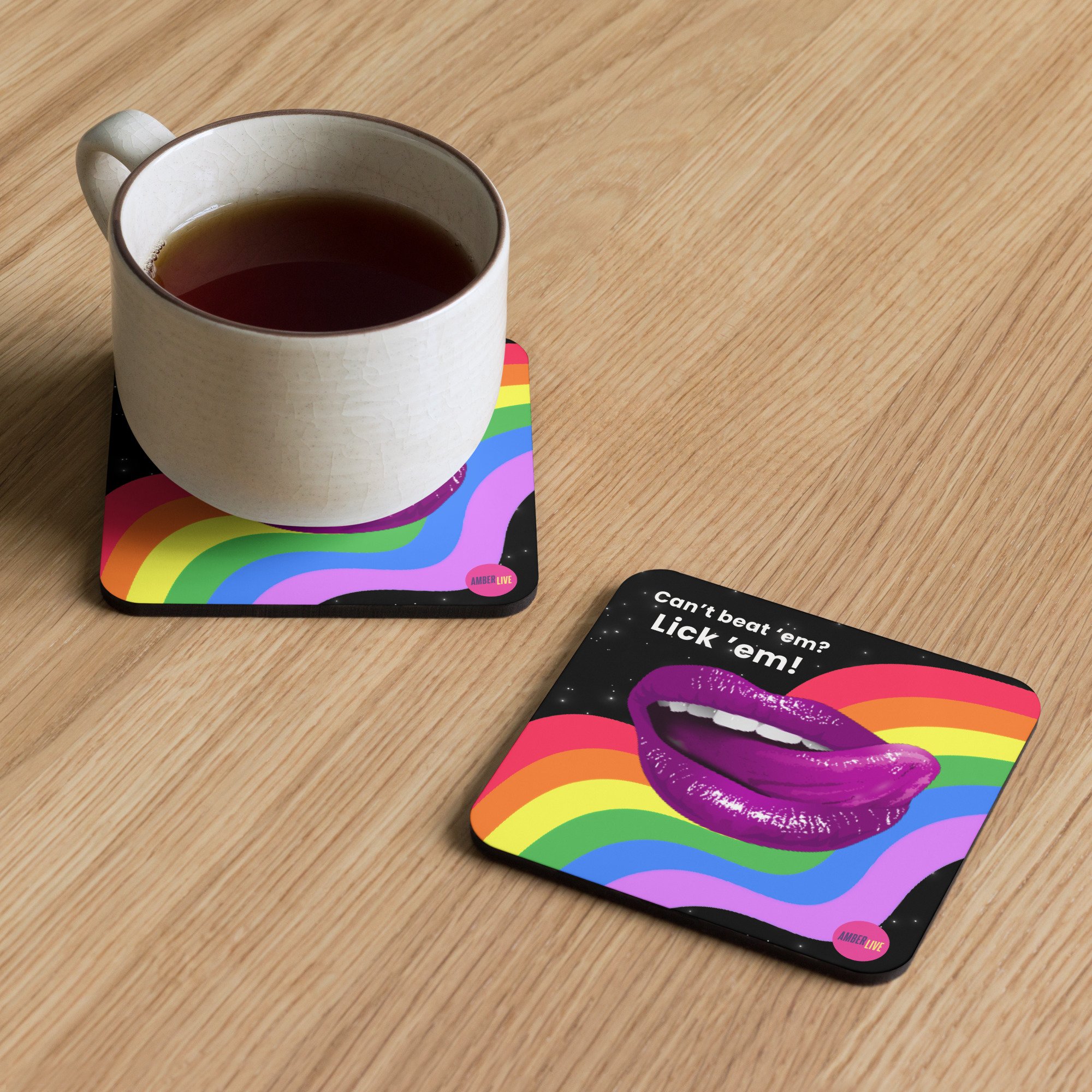The Colors and Meaning of the Rainbow Flag

Table of Contents
Introduction
Pink
Red
Orange
Yellow
Green
Turquoise
Indigo
Violet
The 6-Striped Rainbow Flag
Meaning of the 6 Colors Today
Evolving Representation
Introduction
Origins of the Rainbow Pride Flag: The rainbow flag was created in 1978 by Gilbert Baker, an openly gay artist and activist. Baker was challenged by Harvey Milk to create a symbol for the LGBTQ + community. The flag provides a symbol of inclusion for the LGBTQ + community. The result was the original 8-striped rainbow pride flag, with each color representing a different meaning:
Pink
Sexuality
Red
Life
Orange
Healing
Yellow
Sunlight
Green
Nature
Turquoise
Magic/Art
Indigo
Serenity
Violet
Spirit
The 6-Striped Rainbow Flag
For mass production and accessibility, the rainbow pride flag was modified to 6 colored stripes: red, orange, yellow, green, blue and violet. This is the most common rainbow flag used today worldwide to symbolize LGBTQ+ pride and social movements. One of Amber LeMays favorite outfits celebrates the colors of this rainbow!

Amber LeMay in her favorite rainbow themed outfit!
Meaning of the 6 Colors Today
Though originally each color had a specific meaning, the 6-striped rainbow flag today has a more generalized interpretation:
Red
Red represents life, passion, courage and strength – all characteristics of the LGBTQ+ community. The fight against HIV/AIDS was also strongly represented by a red ribbon.
Orange
Orange represents healing, hope and health. After the devastating early years of the HIV/AIDS epidemic, orange came to symbolize hope for better treatments and a cure.
Yellow
Yellow represents sunlight, nature, and serenity. It conveys hope, happiness and joy.
Green
Green represents nature and the environment. It also refers to growth, renewal and prosperity within the LGBTQ+ community.
Blue
Blue represents harmony, peace and artistry. It reminds us of serenity and safety within the LGBTQ+ community.
Violet
Violet represents spirit, magic and mystery. It reinforces original meanings of spirituality and individuality.
Evolving Representation
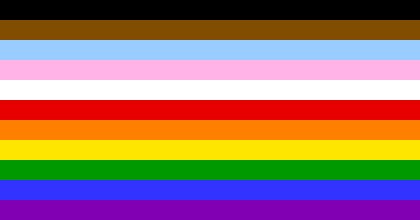
As the LGBTQ+ community expands to be more inclusive, additional colors have been added to some rainbow flags:
Black and Brown - Marginalized LGBTQ+ people of color
Pink, Blue and White - Transgender pride
Purple, White and Yellow - Intersex pride
No matter its specific colors, the rainbow flag universally reflects the beautiful spectrum of diversity within the LGBTQ+ community.

—This article was written, restructured, or adapted by Russell with information gathered from sources around the internet. Russell is the producer of Amber Live and is greatly overworked to pull it all together. If it’s on the internet, it must be true. (We’re kidding.) BUT, if you find any errors or omissions in the article, please let us know so that we may correct the issue. Thanks for your support!

